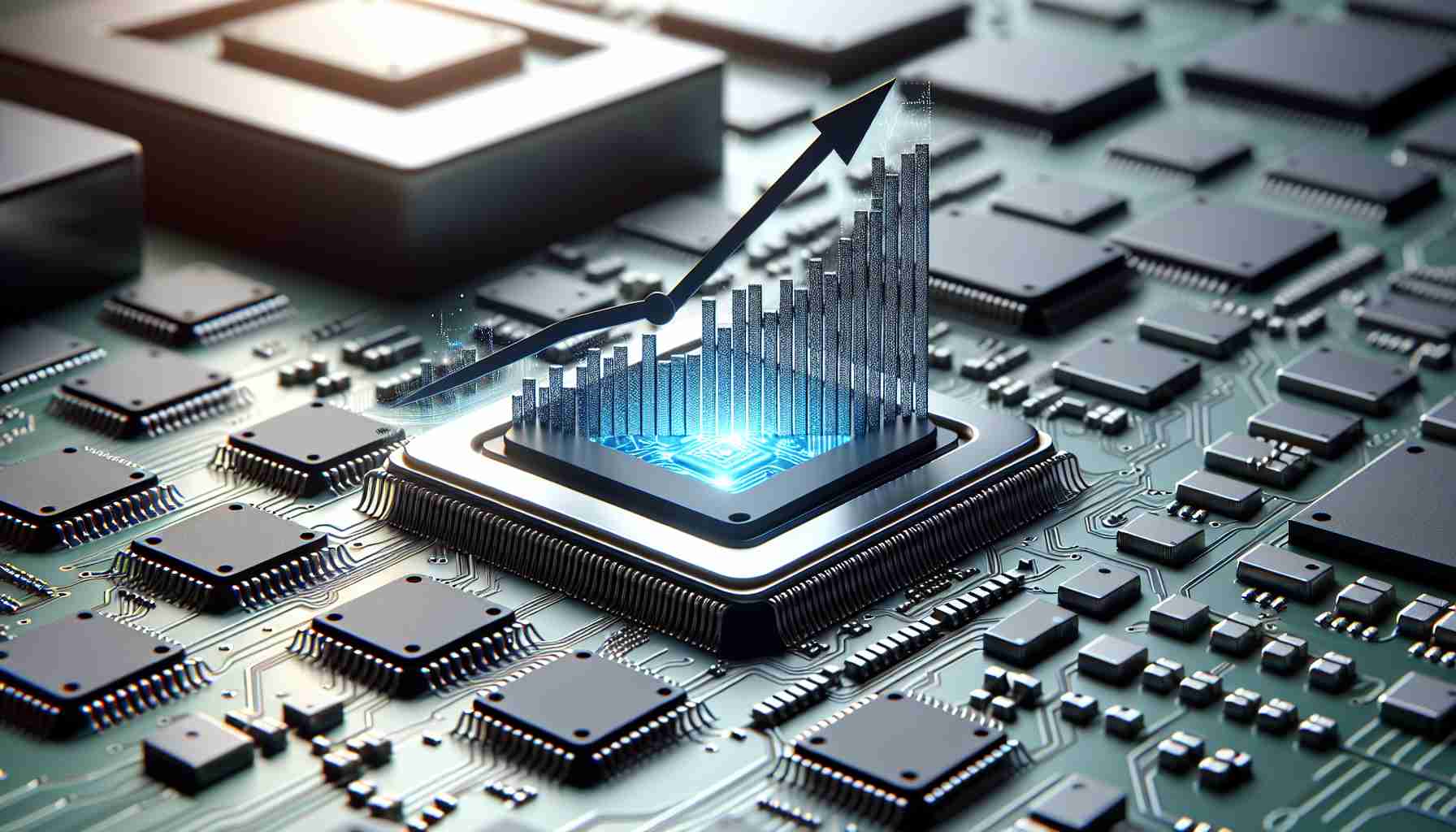Taiwan Semiconductor Manufacturing Co. (TSMC), the world’s leading semiconductor foundry, has reported a significant increase in its Q1 2024 earnings, thanks to an upswing in semiconductor demands. The company’s revenues saw a 12.9% increase year-over-year, totaling $18.87 billion, though it experienced a minor setback of 3.8% when compared to the previous quarter.
The primary factor for this financial uptick was attributed to an increased appetite for high-performance computing (HPC) processors, which are integral to artificial intelligence (AI) applications, PCs, and servers. However, the revenue share from TSMC’s premier N3 process technology witnessed an unexpected downturn on a quarter-over-quarter basis.
TSMC’s upper executive team highlighted the seasonal variability in smartphone sales as a key influence on the company’s first-quarter performance, with a compensatory boost from persistent demand for HPC solutions. They projected a positive outlook for the second quarter of 2024, where the industry’s leading 3nm and 5nm technologies are expected to upheld the company’s growth, despite anticipated fluctuations in the smartphone market.
In the breakdown of sales, TSMC’s N3 wafer revenue plunged to 9% of the total revenue, a noticeable drop from 15% in the prior quarter. In monetary terms, revenue from 3nm products decreased to approximately $1.698 billion from $2.943 billion. In contrast, revenue from other advanced nodes like the 5nm and 7nm technologies improved, claiming 37% and 19% of total revenue, respectively.
Notably, revenue derived from advanced technology nodes (N7, N5, N3) made up 65% of TSMC’s total revenue, demonstrating a modest decline from the past quarter, while FinFET-based technologies composed 74% of wafer sales.
In the backdrop, there was acknowledgment of the seasonal downtrend in smartphone demand, especially for flagship iPhones in China, potentially impacting N3 sales. However, Apple’s stability as a primary consumer for TSMC’s N3B processes was underlined by their order of M-series processors, which command substantial portions of the company’s revenue due to their larger die sizes and corresponding costs.
Revenue contributions across different platforms varied, with HPC climbing by 3% to represent 46% of the total revenue, and smartphone portions sliding by 16% to stand at 38%. The IoT sector saw a rise by 5% to reach 6%, while automotive contributions remained steady, also at 6%. DCE enjoyed a substantial jump of 33%, albeit representing just 2% of the overall revenue.
With AI and HPC processors expected to see heightened demand, TSMC envisions its HPC platform will continue to carve out a larger slice of its future revenue streams.
Key Questions and Answers:
– What has driven TSMC’s revenue surge in Q1 2024?
TSMC’s revenue surge can be attributed to increased demand for high-performance computing (HPC) processors, essential for AI, PCs, and servers.
– How have the different technology nodes contributed to TSMC’s revenue?
Advanced technology nodes (N7, N5, N3) comprised 65% of total revenue with FinFET technologies making up 74% of wafer sales. There was an increase in revenue from 5nm and 7nm technologies, while the N3 process saw a decrease.
– What challenges is TSMC facing?
TSMC is dealing with seasonal fluctuations in smartphone demand, especially affecting sales of their N3 technology node.
– What is the outlook for TSMC’s future revenue streams?
TSMC expects increased demand for AI and HPC processors, projecting that the HPC platform will constitute a growing share of future revenue.
Key Challenges or Controversies:
– Global Supply Chain: TSMC, being a major supplier in the global semiconductor market, needs to manage supply chain vulnerabilities, especially in the context of current geopolitical tensions.
– Geopolitical Risks: Tensions between the U.S. and China, and concerns over Taiwan’s security, can pose risks to TSMC’s operations.
– Technological Advancement: The pace of technological innovation requires continuous investment in R&D, which is both capital-intensive and necessary to maintain a competitive edge.
Advantages and Disadvantages:
– Advantages:
– TSMC is at the forefront of semiconductor technology with its leading-edge N3 process.
– The company benefits from a diversified clientele across different sectors like HPC, IoT, automotive, and smartphones.
– Strong demand for semiconductors positioned TSMC as a critical player in global electronics supply chains.
– Disadvantages:
– The downturn in N3 wafer revenue signals potential vulnerability to the variables of the tech consumer market.
– Heavy reliance on a few large customers like Apple could pose risks if these companies alter their supply chain strategies.
– The cyclical nature of the semiconductor industry can lead to significant fluctuations in earnings.
For additional information on the global semiconductor industry, the following link provides a broader view: Taiwan Semiconductor Manufacturing Co. (TSMC).
The source of the article is from the blog regiozottegem.be
